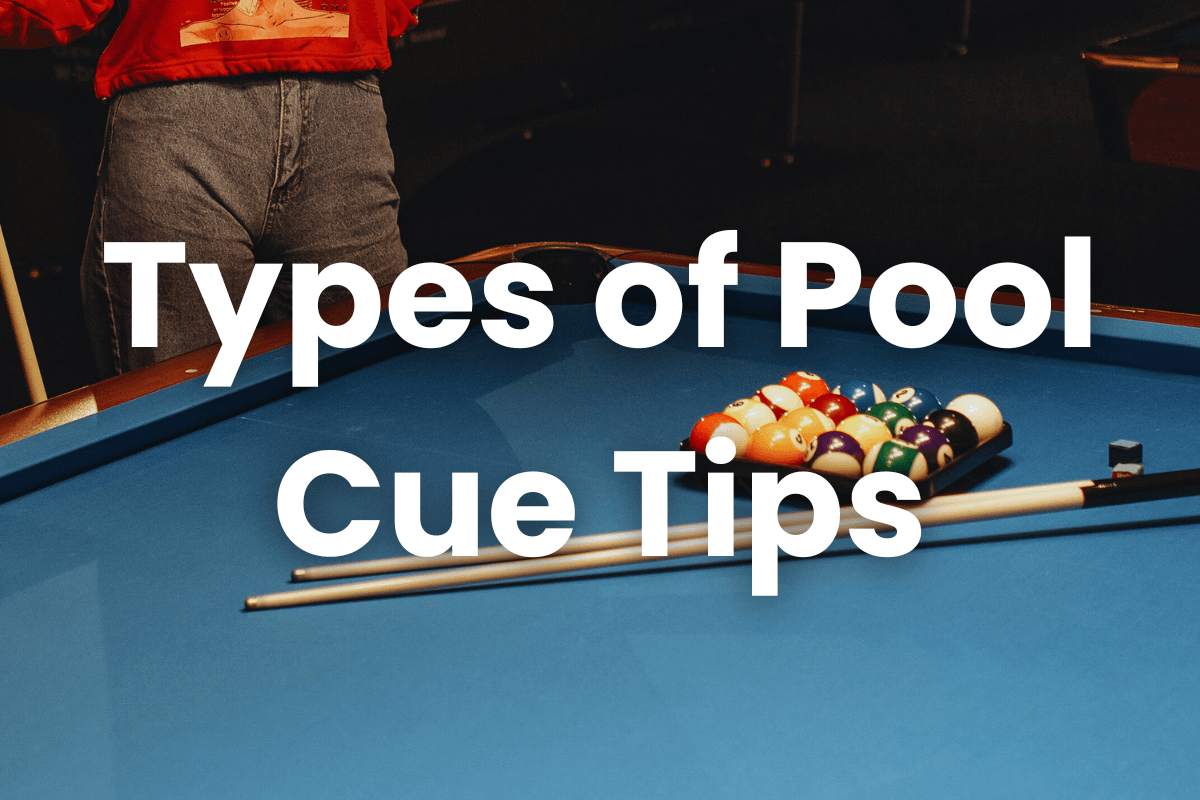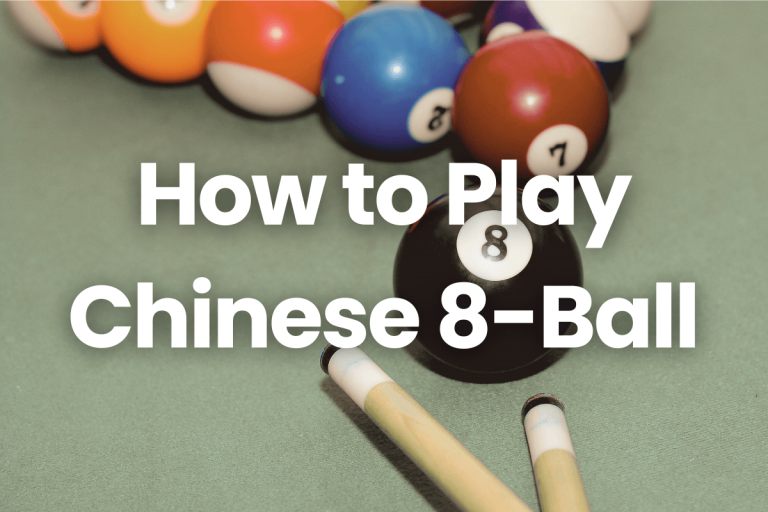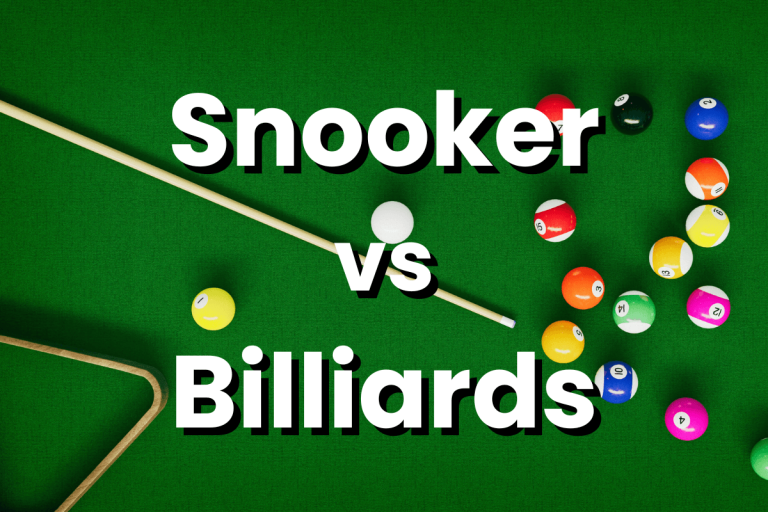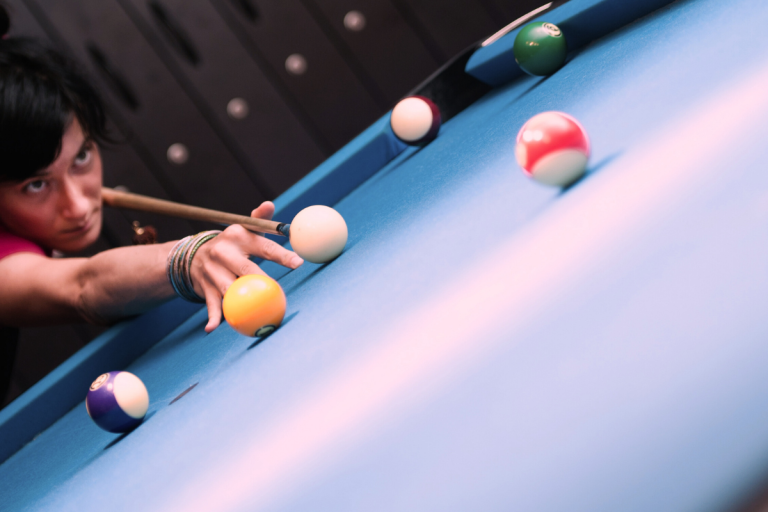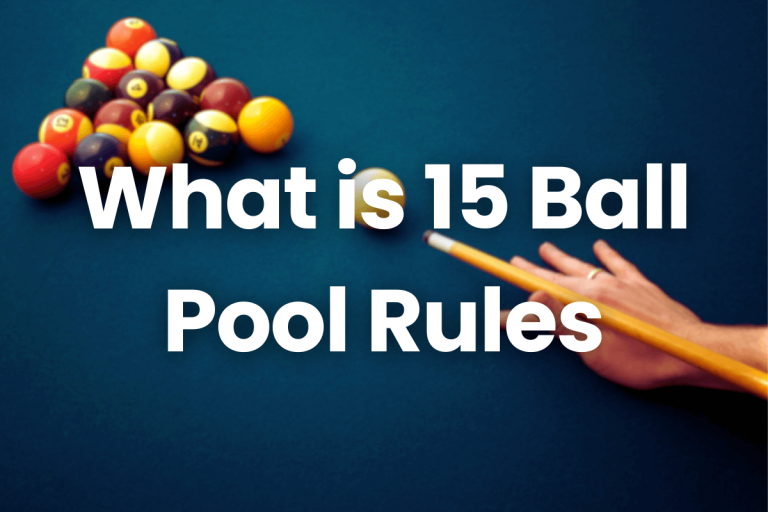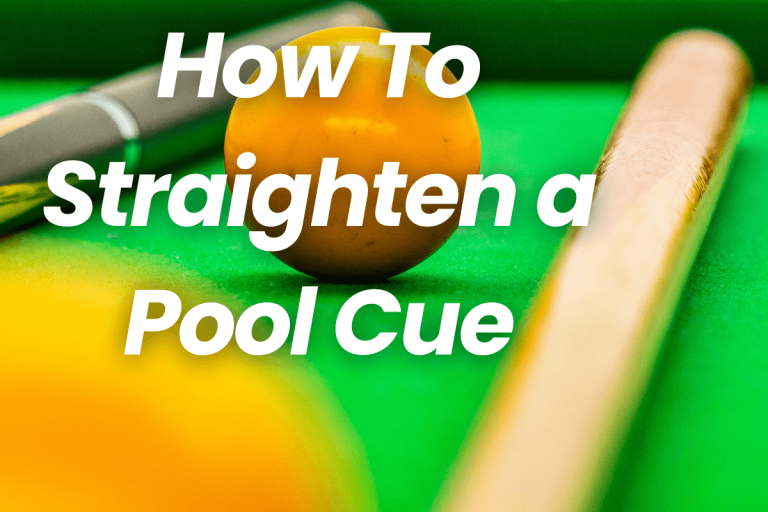Types of Pool Cue Tips | Choosing Perfect Tips (2024)
In cue sports, the choice of a pool cue tip is a critical factor that significantly influences a player’s performance. These tips, varying in type, shape, and material, directly affect the cue’s interaction with the ball, impacting everything from shot precision to spin control. The right tip can enhance a player’s natural style, while an ill-suited one can hinder performance. Understanding the nuances of different types of pool cue tips and how to select them is essential for any player looking to refine their game and maximize their potential on the table.
The Importance of Cue Tip in Pool
Role in Shot Execution and Control
Direct Contact Point: The cue tip is the only part of the cue that directly contacts the cue ball, making it fundamental in shot execution.
Influence on Spin and Speed: The type, hardness, and condition of the cue tip significantly affect the amount of spin (English) and speed that can be imparted on the cue ball. A well-maintained tip allows for more precise control over these factors.
Shot Accuracy: The cue tip’s shape and consistency contribute to shot accuracy. A flattened or misshapen tip can lead to unintended cue ball deflections, affecting shot accuracy.
Types of Pool Cue Tips
Soft Tips
Characteristics: Soft tips are made from softer materials, allowing for a greater degree of compression upon impact with the cue ball. They tend to mold and shape over time to conform to the cue ball’s surface.
Suitable Scenarios: Ideal for players who focus on finesse shots and require more control over the cue ball, particularly in applying spin or English.
Player Profile: Best suited for players who prefer a more tactile feel and feedback from their shots. They are often favored by players who enjoy strategic, skill-based games where precision is key.
Medium Tips
Overview: Medium tips strike a balance between soft and hard tips. They are firm enough to provide good control and soft enough to allow for a reasonable degree of spin on the ball.
Benefits: These tips are versatile and provide consistent performance over a wide range of shots. They require less frequent maintenance compared to soft tips.
Who Should Use Them: Medium tips are ideal for players at all skill levels, particularly those looking for a balance between power and control in their game.
Hard Tips
Description: Hard tips are the most durable and are made from denser materials. They maintain their shape longer and offer less compression upon impact.
Ideal Uses: Best for players who play powerful shots and break shots, as they transfer more energy to the cue ball.
Target Player Group: Suited for players who prioritize speed and power over spin. They are a popular choice among advanced players and those who engage in competitive play where forceful, assertive shots are more common.
Shapes of Pool Cue Tips
Round (Nickel Radius)
Features: The round or nickel radius cue tip shape mimics the curvature of a nickel. It offers a slightly rounded profile that’s not too flat or too domed.
Benefits for Specific Shots: This shape is versatile, providing a good balance between control and the ability to apply spin. It’s suitable for a wide range of shots, from powerful breaks to delicate finesses.
Recommended Use: Ideal for players who have a diverse playing style, incorporating both power and precision in their game.
Flat (Dime Radius)
Advantages: A flat or dime radius tip has a more pronounced curve, similar to the curvature of a dime. This shape allows for more surface area to come in contact with the cue ball.
Suitable Play Styles: It’s particularly beneficial for players who focus on precision and control in their shots. The increased contact area provides enhanced grip on the cue ball, ideal for applying spin and performing intricate shots.
Who Should Use It: This tip shape is often preferred by advanced players who have mastered cue ball control and require a tip that supports their skillful play.
Mushroomed
Causes: A mushroomed tip occurs when the sides of the tip bulge out over the ferrule, often due to compression and wear from repeated use.
Effects: This deformation can lead to inconsistent shots and reduced control, as the expanded tip can affect how the cue strikes the ball.
How to Choose a Pool Cue Tip
Selecting the right pool cue tip is crucial for optimizing your gameplay. Here are factors to consider and guidance on choosing the appropriate tip:
Factors to Consider
Skill Level:
- Beginners: Might prefer softer tips for better control and feedback as they learn.
- Intermediate Players: Often benefit from medium tips, offering a balance between control and power.
- Advanced Players: May opt for harder tips for more power and less maintenance, especially in competitive scenarios.
Playing Style:
- Control-Focused Players: Those who prioritize precision and finesse might lean towards softer tips.
- Power Players: Players who favor powerful breaks and forceful shots may find hard tips more suitable.
- All-Rounders: Medium tips are ideal for players who enjoy a mix of power and control.
Cue Ball Control Preference:
- High Spin: Softer tips are better for applying more spin and delicate control.
- Direct Shots: Harder tips offer less spin but more straightforward, powerful impacts.
Selecting the Right Hardness and Shape
Assessing Hardness:
- Understand how tip hardness affects play – softer tips for control and spin, harder tips for power and speed.
- Consider how often you play and the maintenance you’re willing to undertake. Softer tips require more frequent replacement.
Choosing the Shape:
- Round (Nickel Radius): A good all-purpose option, suitable for most players.
- Flat (Dime Radius): Best for advanced players focused on precision and skill shots.
- Avoid mushroomed tips – they should be reshaped or replaced for consistent play.
Customization and Specialized Tips in Pool Cues
Layered vs. Single-Piece Tips
Layered Tips:
- Description: Composed of multiple layers of material (usually leather), glued together.
- Benefits: Offer more consistency and maintain their shape longer. They are less likely to mushroom and can provide more uniform feedback and control.
- Ideal for: Players who prefer a tip that offers consistent play over time and requires less frequent maintenance.
Single-Piece Tips:
- Description: Made from a single piece of material, often leather.
- Advantages: Tend to provide a more traditional feel and feedback. They can be more affordable and are often easier to shape and replace.
- Suitable for: Players looking for an economical option and who are comfortable with more frequent maintenance and replacement.
Specialty Tips
Break/Jump Tips:
- Usage: Specifically designed for break and jump shots.
- Characteristics: Usually harder and more durable to withstand the force of break shots. They often provide less grip on the cue ball, which is preferable in a powerful break shot.
- Benefits: Enhance the power and effectiveness of break and jump shots, while reducing the risk of damaging the tip.
Phenolic Tips:
- Description: Made from a hard, synthetic phenolic resin.
- Uses: Commonly used for break and jump cues due to their extreme hardness and durability.
- Advantages: Provide a very solid hit with minimal absorption of energy, making them ideal for players who want maximum power in their break and jump shots.
- Consideration: Due to their hardness, they offer less control and are not recommended for regular gameplay.
Cue Tip Replacement Techniques
Replacing a pool cue tip can be a rewarding process. Here’s a step-by-step guide to do it yourself:
Materials Needed
- Replacement cue tip
- Cue tip clamp or similar device
- Sharp knife or razor blade
- Sandpaper (fine grit)
- Cue tip glue (cyanoacrylate-based is commonly used)
- Tip shaper or scuffer
Steps for Cue Tip Replacement
Remove the Old Tip:
- Carefully cut off the old tip using a sharp knife or razor blade.
- Be cautious not to damage the ferrule (the white part just below the tip).
Prepare the Ferrule:
- Use fine-grit sandpaper to sand the top of the ferrule. This creates a smooth, flat surface for the new tip.
- Ensure the ferrule is level and clean of any old glue or debris.
Prepare the New Tip:
- Lightly sand the back of the new cue tip to roughen it, ensuring the glue adheres properly.
- Check the size of the tip matches the diameter of the ferrule.
Glue the Tip:
- Apply a small amount of glue evenly on the ferrule or the back of the tip.
- Carefully align the tip with the ferrule and press it down firmly.
Secure the Tip:
- Use a cue tip clamp to hold the tip in place while the glue dries. Follow the glue manufacturer’s recommended drying time.
Trim and Shape the Tip:
- Once the glue is dry, trim any overhanging edges of the tip to align with the ferrule.
- Use the tip shaper or scuffer to shape the tip to your preferred dome curvature.
Final Touches:
- Lightly sand the sides of the tip to ensure a smooth transition from tip to ferrule.
- Burnish the sides of the tip if desired for a more polished look.
Conclusion
Choosing the right pool cue tip is pivotal in enhancing your gameplay. Each type, from soft to hard, layered to single-piece, or specialized tips, offers unique benefits and impacts your control, spin, and power. Exploring different cue tips is essential to finding the perfect match for your playing style. Embrace the journey of experimentation to discover the tip that elevates your game, blending your skills with the ideal gear for a truly optimized pool experience.
FAQs
How often should I replace my pool cue tip?
The frequency of replacement depends on usage and tip type. Soft tips may need replacing every 6 months to a year, while harder tips can last longer. Look for signs of wear, such as flattening or mushrooming.
Can the type of cue tip make a difference in my game?
Absolutely. The cue tip is the only part of your cue that makes direct contact with the ball. Different tip types offer varying degrees of control, spin, and power, directly impacting your game.
Is a layered tip better than a single-piece tip?
Layered tips are often considered better than single-piece tips because they provide more consistent contact with the ball and maintain their shape longer. They are made of multiple layers of leather, offering better grip and control over the cue ball with various spin effects. However, the choice between layered and single-piece tips can also come down to personal preference and playing style.
Are phenolic tips only suitable for break shots?
Primarily, yes. Phenolic tips are extremely hard and are ideal for the powerful impact of break shots. They are less suitable for regular play due to their reduced control and spin capabilities.
How do I know which hardness of tip is right for me?
Consider your playing style. If you prefer more spin and softer shots, a softer tip might be better. If you play more powerful shots, a harder tip could be more suitable. Experimenting with different hardnesses can help you decide.

